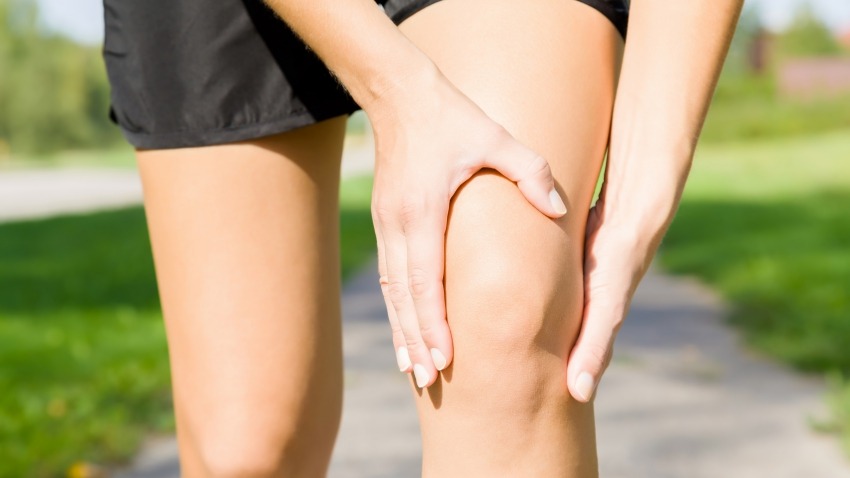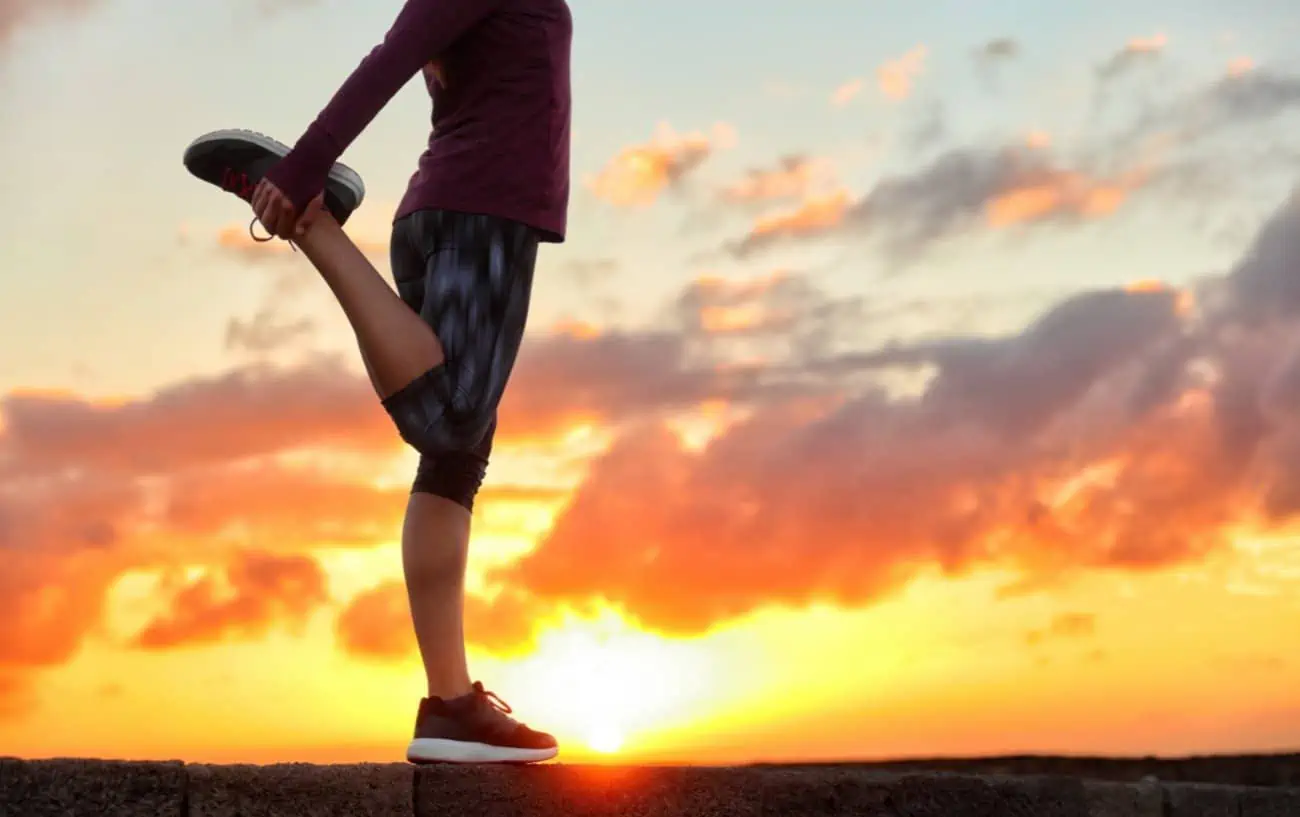You’ll know you’ve arrived as a runner when you get a lecture on how you’re going to destroy your knees. This “advice” is usually based on the idea that running increases your risk of developing osteoarthritis in your knees. But the truth is, it doesn’t.
Running and Osteoarthritis in the Knees
This should be stated as clearly as possible: Numerous studies have shown that runners have lower rates of knee osteoarthritis than sedentary people. For example, in one study that followed runners and non-runners for almost 20 years, X-rays showed signs of arthritis in the knees of 20 percent of the runners, but 32 percent of the non-runners.
A potential counterargument against such results is that, when the studies are started, the long-time runners that take part have above-average structural health—they don’t include people who started running but had to give it up because their bodies broke down.
Research has rebutted that idea as well. One study followed more than 2,000 people for several years to see how many developed arthritic knees. The participants gave detailed information about how often and how severely they had knee pain. They also described their current and former exercise habits. In other words, the participants weren’t selected because of whether they were or weren’t runners.
But it turned out that running status did matter. In the frequency of knee pain, symptoms of arthritis, and evidence of arthritis on X-ray, current runners had significantly better scores than non-runners. For example, current runners were 29 percent less likely than non-runners to report frequent knee pain. Even former runners were less likely to report knee pain and show signs of arthritis than non-runners. That last finding is the opposite of what should be the case if running ruined their knees and caused them to give up the sport.
There’s also good evidence that running and knee arthritis isn’t a case of play now, pay later, in terms of running increasing your chances of physical limitations as an older person. In one study, researchers matched members of a running club with healthy non-runners; all the study participants were at least 50 years old at the beginning of the study. The researchers followed up with the participants 21 years later. Not only were more of the runners still alive, but they also reported significantly fewer physical limitations.
Part of the researchers’ conclusion was that “running at middle and older ages is associated with reduced disability in later life.”
Why Might Runners Have Lower Rates of Knee Osteoarthritis?
To answer this question, it helps to know current thinking on osteoarthritis.
Arthritis is inflammation in joints, the points in your body where bones come together (knees, hips, wrists, etc.). Osteoarthritis is arthritis characterized by thinning and breakdown of cartilage, the protective tissue at the ends of bones. Osteoarthritis used to be considered a “wear and tear” disease, with body parts seen as analogous to machinery that inevitably breaks down. That model is no longer widely believed by medical experts. Instead, osteoarthritis is considered a disease of the joint, with multiple potential causes
With this more nuanced understanding of osteoarthritis, running’s potential protection against developing it makes more sense. First, runners tend to have a lower body mass index (BMI) than the average person, and any extra weight increases strain on joints. In one long-term study, runners had lower rates of osteoarthritis and hip replacements than walkers and other more casual exercisers. The researchers cited the runners’ lower BMIs as one of the probable explanations.
Being overweight is also associated with chronic low-grade inflammation throughout the body; by helping you to stay at a good weight, running makes it less likely that your joints will be subject to this potentially damaging inflammation.
There’s also good evidence that, as with the rest of your body, knee cartilage is subject to the use-it-or-lose-it principle. Rather than breaking down your joints, running helps to keep them lubricated and stimulates your body to build new cartilage. Researchers have also found that running conditions your cartilage to become more resilient as it adapts to the demands of running. Sedentary people who have developed osteoarthritis are advised to exercise regularly for these very reasons.
What If Your Knees Are Already in Bad Shape?
It’s one thing to say that running will likely lower your risk of developing knee osteoarthritis. But what if you already have it, or some other chronic knee issue? Is running out of the picture for you?
Research in this area is encouraging. One study followed people who were at least 50 years old and had osteoarthritis in at least one knee. At the end of the eight-year study, runners reported less knee pain, and imaging showed that their arthritis hadn’t progressed.
In a four-month study of middle-aged people, imaging found evidence of damage (not necessarily arthritis) in most of the people’s knees. After half of the study subjects did a four-month marathon training program, MRIs of their knees showed less damage than at the start of the study. That finding meshed with the results of a study that found that, after four months of moderate exercise, knee cartilage health improved in middle-aged people at risk of developing osteoarthritis.
“Listen to your body” is excellent advice for all runners. In the case of runners with preexisting knee pain, that means to let your symptoms guide you in how much running, and what type, is tolerable. Take heart that as you go about this trial-and-error process, there’s good reason to believe running won’t worsen your condition over time.
How to Lower Your Risk for Common Knee Injuries
None of this is to suggest that runners are immune to knee injuries. In one study of more than 2,000 runners treated at a sports medicine clinic, knee injuries were three of the five most common types. (The top five were patella femoral syndrome, a.k.a. runner’s knee, iliotibial band syndrome, plantar fasciitis, meniscus tears, and shin splints.)
.
Disclaimer:
This post contains affiliate links which means I may receive a small commission if you purchase using that link at no extra cost to you. and if you do, I appreciate you!



